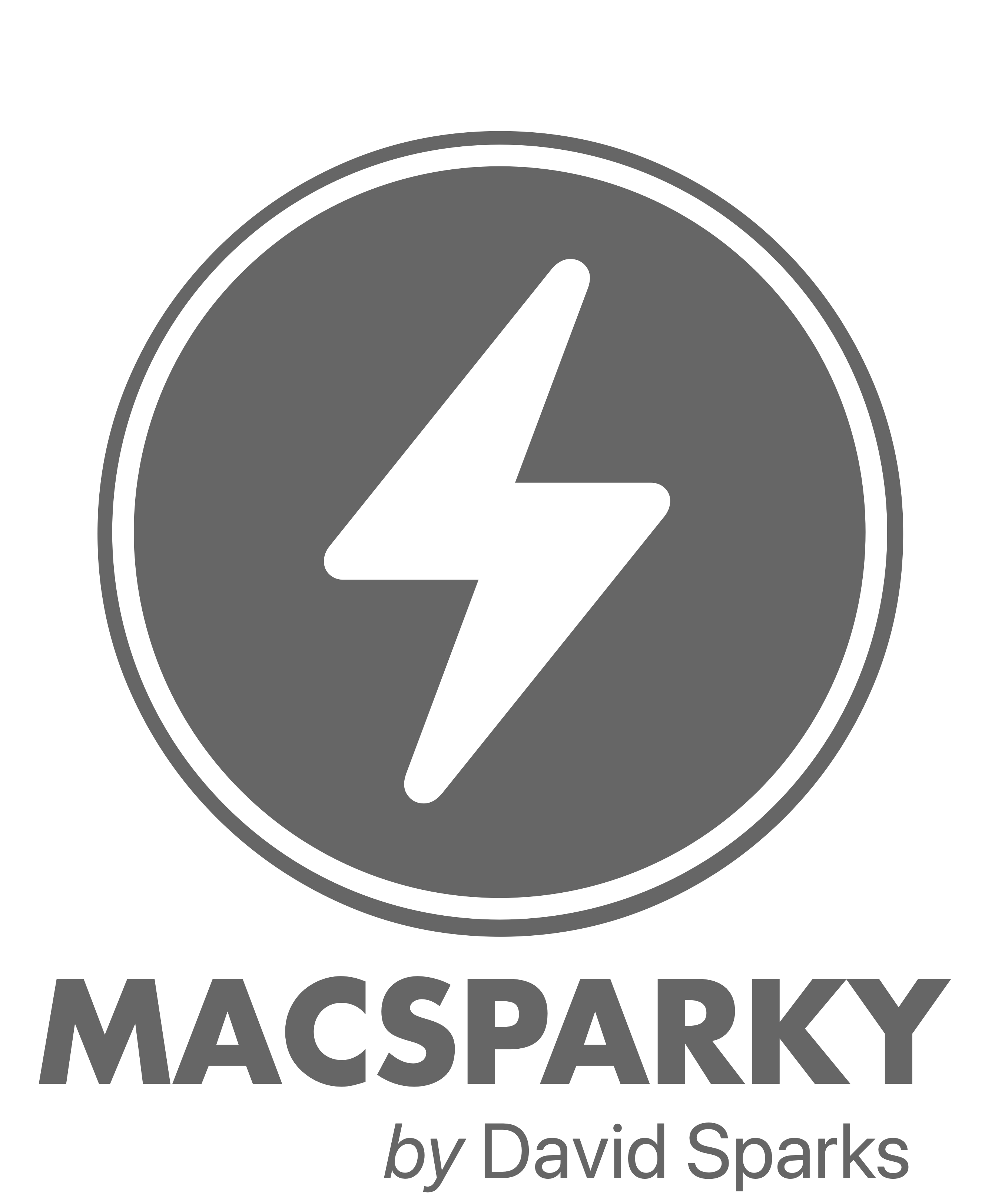November was busy month in the MacSparky Labs!
There were four weekly Lab Reports to keep members up-to-date with Apple news, a Deep Dive on Focus Modes, and videos on topics like adding Notes links to Reminders and the 2025 Quarterly Q&A. And much more.
Here’s what took place in the Labs for the month of November 2025:
- 2025-11-27 – The Lab Report for November 28, 2025 (M,I,P)
- 2025-11-26 – Sparky’s Updated Setup Workflow (Video)(M,I,P)
- 2025-11-21 – 2025 Q4 Q&A (Video) (M,I,P)
- 2025-11-21 – The Lab Report for November 21, 2025 (M,I,P)
- 2025-11-20 – Labs Deep Dive – Myth-Busting Focus Modes (Media Release) (P)
- 2025-11-20 – Fourth Quarter Midpoint (Event) (P)
- 2025-11-20 – Labs Notice 1 – Annual Sale Announcement (M,I,P)
- 2025-11-19 – Labs Momentum Club (I,P)
- 2025-11-19 – Enabling Hypertension Notifications (I,P)
- 2025-11-18 – November Labs Meetup (Media Release) (I,P)
- 2025-11-14 – The Lab Report for November 14, 2025 (M,I,P)
- 2025-11-13 – Deep Dive – Focus Modes (Event) (P)
- 2025-11-12 – “Did I Do?” Task Tracker (Video) (I,P)
- 2025-11-07 – The Lab Report for November 7, 2025 (M,I,P)
- 2025-11-06 – November Labs Meetup (Event) (I,P)
- 2025-11-06 – A Better Way to Add a Notes Links to a Reminder (Video) (M,I,P)
- 2025-11-05 – Jam Session 004 – Mac mini Server (Media Release) (M,I,P)
If you’d like to be a part of the MacSparky Labs, you can get more information and join right here.



